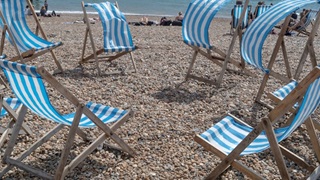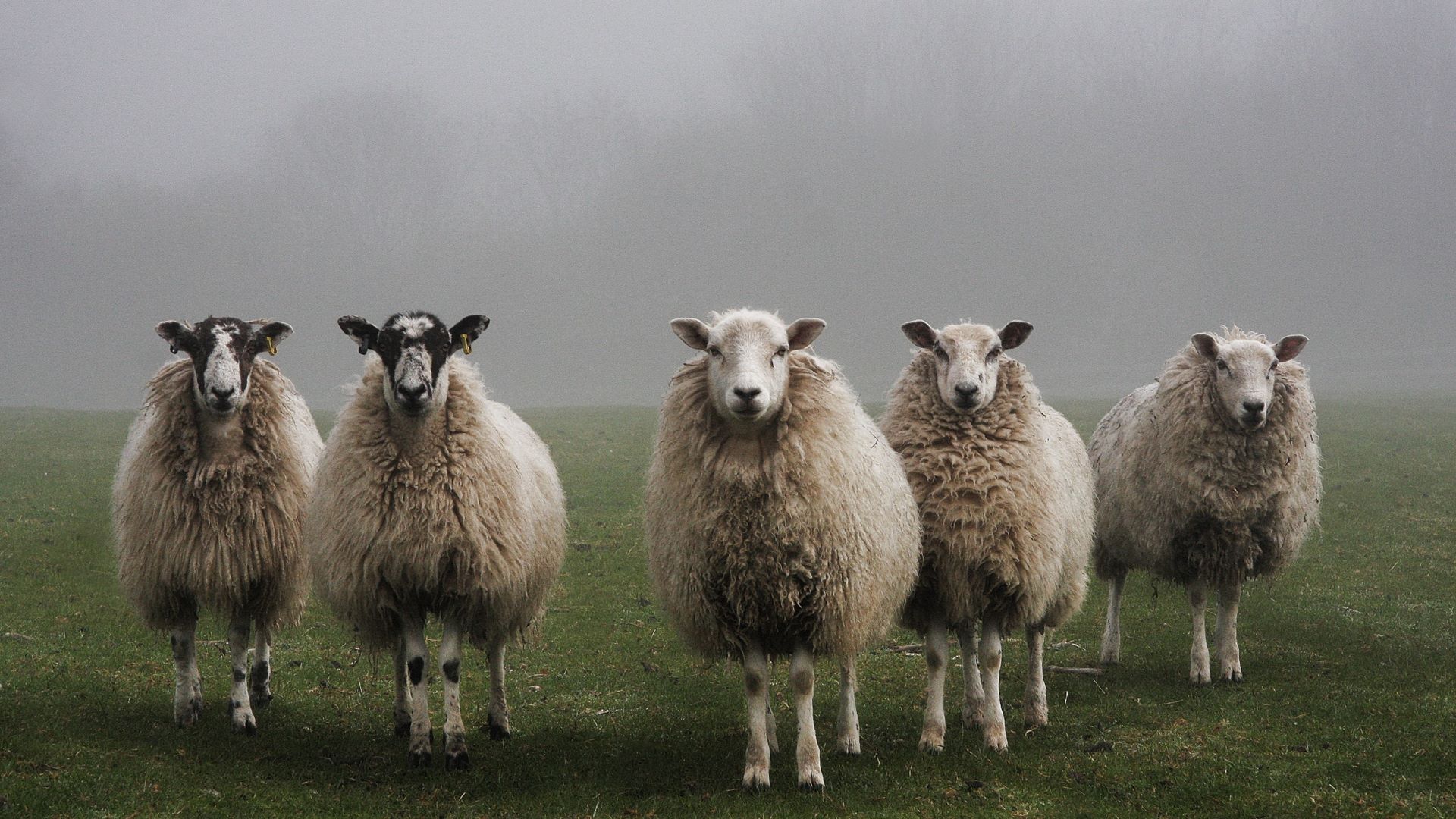
Time gone by
A photo essay by Mark Heathcote | Issue 21 | 2022


If my life were a movie, this is how it would play out.
The opening frames would be a close-up of my eyes upside down, like the ones of Martin Sheen in Apocalypse now or of John Malkovich in Bertolucci’s The Sheltering Sky. Eyes upside down send a powerful message: you do not have any idea of where you are. Upside down is also the way our eyes actually see, and then our brain flips the image… what a powerful metaphor of the simultaneous authenticity and fictitiousness of cinema. And—upside down is how doctors used to grab newborn children by the ankles to give them a first look at the world they had just entered.
Childhood is never ‘real’—and what is actually real, in our memory? So, since the industrial town of Southern Italy where I lived in the 1970s is not such an idyllic background, I would shoot the film of my life in interiors, much as the magic, dreamlike scenes in a Wes Anderson film (I can cite Moonrise Kingdom as the perfect example).
But not everything is always quiet, especially when you start to grow up. I think there has to be a little bit of nonsensical and sad rebellion on the screen. The final scene of Francois Truffaut’s Les 400 coups is the quintessential image of a young boy’s rebellion.
For the perfect story (although with a powerful Fellini-esque grotesque twist) of the (happy) life of a middle-class family in the 1980s, I would turn to the first half of Paolo Sorrentino’s E’ stata la mano di Dio (The Hand of God), with its jokes, such strange people, the sense of unity and community. (And, finally, someone tells a Southern Italian story that is not about poverty… .)
All the serious and the silly love stories of my youth would play out along the lines of Michel Gondry’s Eternal Sunshine of the Spotless Mind: the regrets, the missed chances, confused (sometimes cancelled) by memory, the desire to be given a second chance to act differently.
The migration to Milan and the years of study at the university wrought a complete change in my life. I would tell this part of my story with completely different actors playing me—and without the restraint of physical resemblance. This is what Todd Haynes’ I am not there does with the artistic (and, yes, definitely more interesting) life of Bob Dylan, performed in turn by a young black actor (Marcus Carl Franklin) and a wonderful Cate Blanchett and other fine actors. What better way to portray my search for a final ‘adult’ identity?
The closer I come to the present day, the harder it is to decide on the right filmic perspective. Working life seems a ‘dumb but wise’ long run, with a strange perception of time, where you struggle to remain yourself even as things around you become bigger and more complex. The scene that comes to mind is of Forrest Gump: “For no particular reason, I just kept on going.”
But Forrest is an oddly peaceful hero. In special and rare moments, life can require the wherewithal, the capability, to fight, promptly and with determination, to kill the sources of personal unhappiness. On this point, I admit to having almost an obsession with the frames of Apocalypse now (again), when Captain Benjamin Willard emerges from the water with his face painted in mimetic colors. But sometimes I want to manage all the difficulties of life in the most reasonable way, without panic, as Kenneth Branagh does in Dunkirk, protecting the pier under the onslaught of the enemy’s bombs.
Unfortunately, war is now a real thing in places not so distant from where I live my comfortable life. So maybe it is time to stop with metaphors. Life is after all not a movie.
But who would not wish to write their own screenplay—direct the course of their own life?
© Norton Rose Fulbright LLP 2025